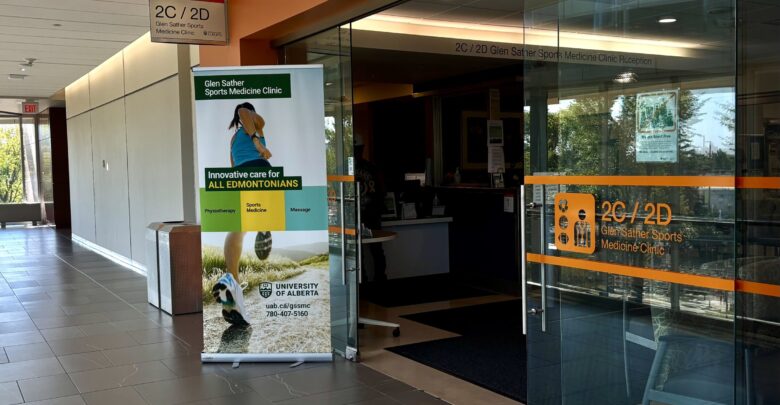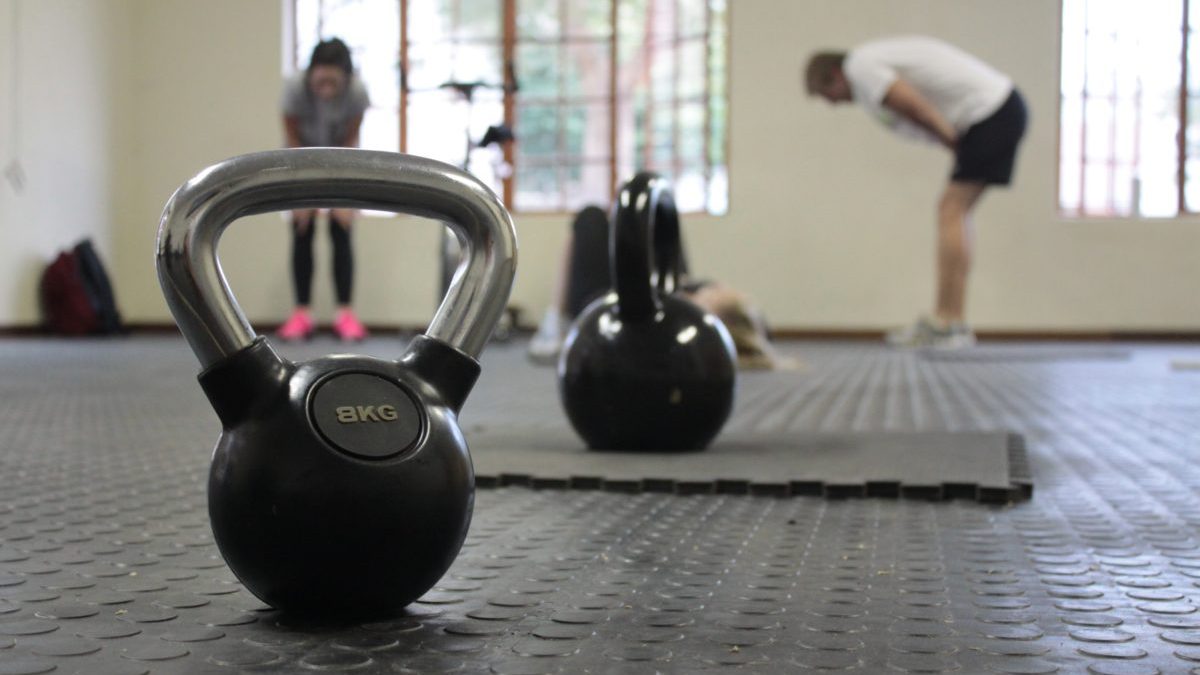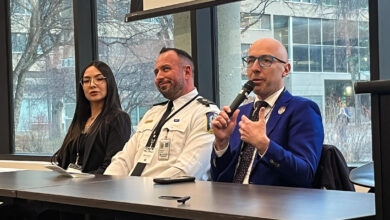Glen Sather Sports Medicine Clinic to close in January
The U of A announced the closure of Glen Sather clinic after increasing budgetary losses over the years.
 Fernanda Campana Omori
Fernanda Campana OmoriOn September 5, the University of Alberta announced their decision to permanently close the Glen Sather Sports Medicine Clinic. The expected date of closure is January 7, 2026.
The closure will “result in the loss of 10 full-time and four part-time positions as well as seven auxiliary/casual positions,” Associate Vice-president Katherine Huising said in the announcement.
“While this decision was necessary from a financial point of view, it is never easy to reduce staffing and we know this news will have an impact on the U of A community,” Huising said.
Director of retail operations, Kevin Moffitt, stated that the clinic has experienced major monetary struggles with “losses of between $600,000–900,000 for the last three years.”
The clinic, despite being in business for 38 years, is “[no longer] generating revenue for the university,” Moffitt said.
“Closing the clinic is one of the difficult decisions that the university had to make. [However] it’s something we couldn’t sustain,” Moffitt added.
Current patients of the clinic will be notified about the relocation of their clinicians. According to Moffitt, those who seek to continue treatment with the same provider will be assisted by the U of A throughout the process, which will follow the College of Physicians and Surgeons of Alberta guidelines.
When asked about the process of relocation for U of A employees under the clinic, Moffitt stated that “[he] is not an [human resources (HR)] specialist, [however] there are agreements under the collective agreement with each union that dictate the responsibilities of the [U of A] to provide services.”
The impact on U of A’s Golden Bears and Pandas athletic teams after the closure of clinic
According to director of athletics, Leah Pezer, most of the “health services [are] now provided in-house, [and do] not expect any significant interruptions for student athletes.”
While not having a formal relationship with the U of A’s athletic teams in recent years, Pezer expressed gratitude for the clinic.
“Many of its clinicians and staff have supported our student athletes with great care, and we are truly thankful,” Pezer said.
When asked about the consequences of the closure for U of A athletic teams, Moffitt stated that “we have no direct affiliation with the varsity teams. And other than that … we don’t ask for affiliations.”
“We never said the clinic is no longer needed … it’s more the fact that is not financially sustainable,” Moffitt says
After the announcement, clinicians and staff at the clinic refuted U of A’s claim that the clinic no longer has a place in the market.
When asked about such a claim, Moffitt stated that “we never said that the clinic is not needed … it’s more the fact that is not financially sustainable.”
“One of the factors we have is that we have not been able to recruit enough clinicians to fill our clinic times. Because of that, we haven’t been able to [fill the gaps], [putting us] at a net operating loss,” Moffitt added.
Despite the closure, the U of A’s “priority remains in patient care,” Moffitt said.
“We are committed to working closely with our clinicians over the next four months to ensure that any changes result in as little disruption as possible for the patients.”
CORRECTION: A correction was issued for this article at 4:20 p.m. on October 9, 2025 to amend the fact that the U of A will follow the College of Physicians and Surgeons guidelines, not the Alberta Medical Association Practice Management Program guidelines.




